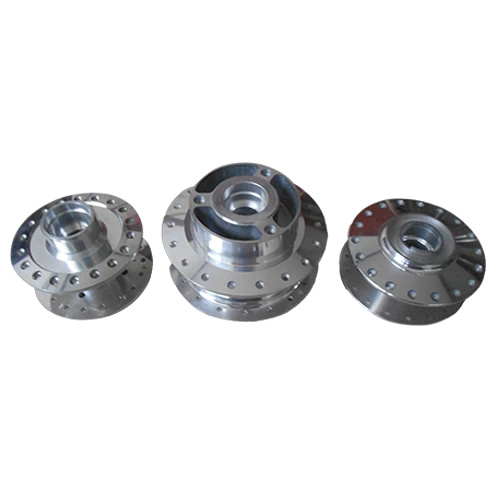Mobile:+86-311-808-126-83
Email:info@ydcastings.com
impeller and diffuser in centrifugal compressor
Impeller and Diffuser in Centrifugal Compressors
Centrifugal compressors are crucial components in various applications, ranging from gas turbines to refrigeration systems. At the heart of their operation are two key components the impeller and the diffuser. Understanding how these components work together is essential for optimizing compressor performance and efficiency.
The Role of the Impeller
The impeller is a rotating component of the centrifugal compressor that imparts kinetic energy to the gas or fluid being compressed. It consists of a series of blades that are designed to accelerate the incoming fluid through centrifugal force. As the impeller spins, the fluid enters at the eye (the center) and is drawn into the blades. The shape and angle of the blades are critical as they determine how effectively the impeller converts mechanical energy into kinetic energy.
The velocity of the gas increases as it travels outward through the impeller's blades. This increase in velocity results in a corresponding increase in pressure, which is a fundamental principle of operation for centrifugal compressors. The design of the impeller can vary significantly depending on the specific application. Factors such as blade shape, number of blades, and rotational speed are carefully optimized to achieve the desired performance characteristics.
The Function of the Diffuser
Once the fluid exits the impeller, it moves into the diffuser. The diffuser is a stationary component that plays a pivotal role in converting the kinetic energy imparted by the impeller into pressure energy. It does this by decelerating the high-velocity flow from the impeller, causing an increase in static pressure.
impeller and diffuser in centrifugal compressor

The design of the diffuser is equally important as that of the impeller. Typically, it consists of vanes or passages that gradually expand the flow area. As the fluid passes through the diffuser, it experiences a reduction in velocity and a corresponding rise in pressure. This process is primarily a matter of fluid dynamics as the cross-sectional area increases, the fluid slows down, allowing for the conversion of kinetic energy into pressure energy efficiently.
Interaction Between Impeller and Diffuser
The relationship between the impeller and diffuser is fundamentally interconnected. The efficiency of a centrifugal compressor relies heavily on how well these two components work together. Ideally, the design of the impeller should match the configuration of the diffuser to ensure smooth transitions of flow and minimize losses. Any mismatch can lead to flow separation, turbulence, and reduced compressor performance.
A well-designed compressor will maintain optimal flow conditions between the impeller and diffuser, enhancing overall efficiency. Advanced computational fluid dynamics (CFD) simulations are often used in the design phase to predict flow behavior and optimize geometries, ensuring that both components work in harmony.
Conclusion
In summary, the impeller and diffuser are critical elements in the operation of centrifugal compressors. The impeller is responsible for imparting kinetic energy to the fluid, while the diffuser converts that energy into pressure. Understanding the dynamics and interactions between these components is essential for the design and optimization of centrifugal compressors across various industrial applications. As technology continues to advance, ongoing research and development in materials and designs will help enhance the efficiency and performance of these vital machines.
-
Impeller Technology That Powers Precision in Pump SystemsNewsMay.22,2025
-
Valve Durability Begins with Quality Cast Iron ComponentsNewsMay.22,2025
-
Performance Cooling with Advanced Automobile Water Pump SolutionsNewsMay.22,2025
-
How Motor Housing and Oil Pans Shape Engine PerformanceNewsMay.22,2025
-
How Metal Castings Drive Modern Manufacturing EfficiencyNewsMay.22,2025
-
Exploring the Engineering Behind Valve Body CastingsNewsMay.22,2025











